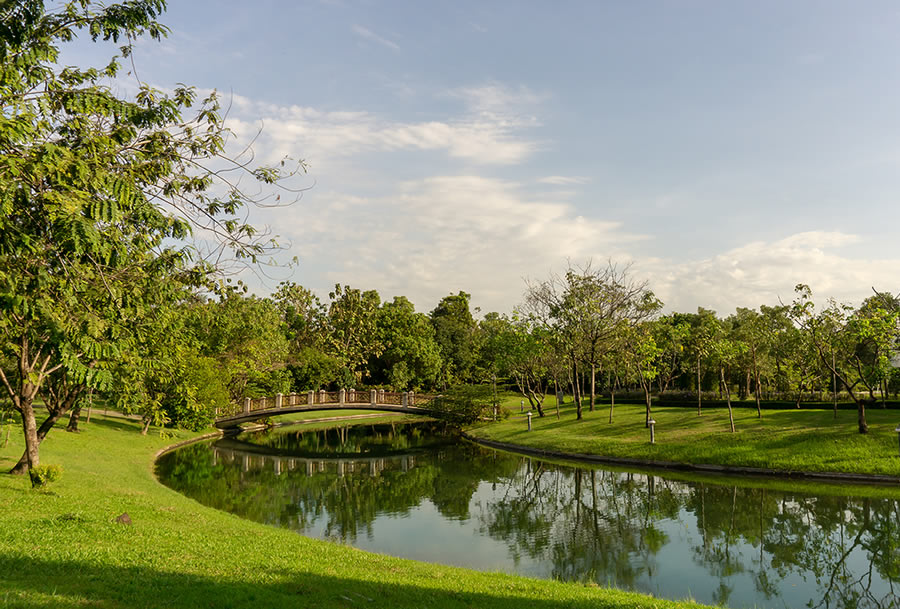
If you’ve ever marveled at the pristine blue water of a golf course pond or a stunning lake during a drive home, then chances are you were witnessing the powerful impact of lake tint. While lake tint certainly enhances the visual aesthetic of water bodies, its benefits are more than surface deep.
In this article brought to you by Aquatic Restoration, we'll explore what lake tint is, how it works, and the myriad of benefits it offers. If you’d rather consult with lake and pond maintenance specialists, then call Aquatic Restoration to arrange a convenient time to sit down and talk specifics.
Lake tint, also known as pond dye, is a safe, non-toxic dye used to color ponds, lakes, and other water features. Typically available in shades of blue or blue-green, lake tint transforms ordinary water into a striking feature that enhances any landscape.
It's a simple and effective tool used by landscapers, golf course managers, and property owners to create visually appealing water bodies.
Lake tint disperses throughout the water, imparting a natural-looking color that blends seamlessly with the environment. The dye particles suspend evenly in the water, providing consistent coloration. Most importantly, the tint is designed to be safe for aquatic life, humans, and pets.

The most obvious benefit of lake tint is its ability to transform the appearance of a water body, but the benefits of lake tint are more than about that magnificently vibrant blue or blue-green color.
One of the lesser-known benefits of lake tint is its role in algae control. Algae need sunlight to thrive, and lake tint helps by blocking a portion of the sunlight that penetrates the water. This reduction in light limits the photosynthesis process for algae, thereby inhibiting their growth
Scientifically engineered lake tint also offers protection against harmful ultraviolet (UV) rays. Just as excessive UV exposure can damage your skin, it can also harm aquatic ecosystems. Lake tint helps protect fish, plants, and other aquatic organisms by filtering out some of the UV light.
Tangentially, the color of the water can also influence its temperature. Darker water absorbs more heat, while lighter, tinted water reflects sunlight. This temperature regulation is beneficial for maintaining a balanced aquatic environment.
Applying lake tint is a straightforward process. It typically involves pouring the dye into the water and allowing it to disperse naturally. Depending on factors like water flow and volume, the tint can last several weeks before needing reapplication. Regular maintenance involves periodic checks and occasional re-tinting to maintain the desired color and benefits.
If you’d rather leave your lake or retention pond maintenance to a time-tested and vetted professional, then call Aquatic Restoration. We are an established business with four decades of industry experience. We are happy to arrange a face-to-face meeting or on-site visit for as soon as possible. Our team is on standby to take your call or message today.
Algae and contaminants are hands down among the most common and frustrating problems that pond owners face today. Excessive algae…
Recreational lakes are valuable community and private assets, offering opportunities for boating, fishing, swimming, and relaxation. Over time, however,…
Stormwater ponds form a part of modern stormwater management systems. As the name suggests, they collect and manage runoff from…
Sediment buildup is one of the biggest threats to lakes and ponds. It not only impacts water quality but also…
If you own a pond or lake, you know that proactive maintenance is an integral part of keeping the…